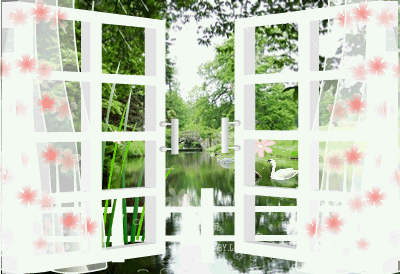Subway Personality: The MBTI Map
by Maria PopovaWhat your subway station has to do with your propensity for extroversion.
We love psychology. We love data visualization. So we’re all over the MBTI Map, a visualization showing the relationships between human personality descriptors from the Myers-Briggs Type Indicator test — a tool designed to make iconic Swiss psychologist Carl Jung’s theory of psychological types more digestible — using subway lines as a metaphor for the connections between the different representative words and personality types.
A product of the Integrated Design Laboratory at Korea’s Ajou University, the map is a rare application of information design to the fields of psychology and sociology — and a brave effort to capture something as vague and abstract as personality visually and concretely.
Using the 161 words in the MBTI test, the team conducted a survey asking the relative closeness between pairs of words. Using cluster analysis, they extracted a total of 39 representative words. These were then arranged spatially usingmultidimensional scaling (MDS), which explores the similarities and dissimilarities of data, and wrapped in a subway metaphor.
Each subway line represents one of the 16 MBTI personality types, with subway stations arranged based on the semantic distance of the 39 word descriptors based on the MDS analysis. The outer circle contains the 161 original word descriptors from the test, grouped in 8 layers based on their hierarchical order. Finally, the colors of the words intuitively represent their meaning — so “calm” is in the blue spectrum and “passionate” in the red.
Pore over the brilliantly crafted map in this high-res PDF. And why not kill a few hours by taking one of these Jung-inspired tests, each resulting in a four-letter personality type, then finding yourself on the map? They aren’t the real MBTI deal, but they’re free and a ton of fun.

0 comments:
Post a Comment